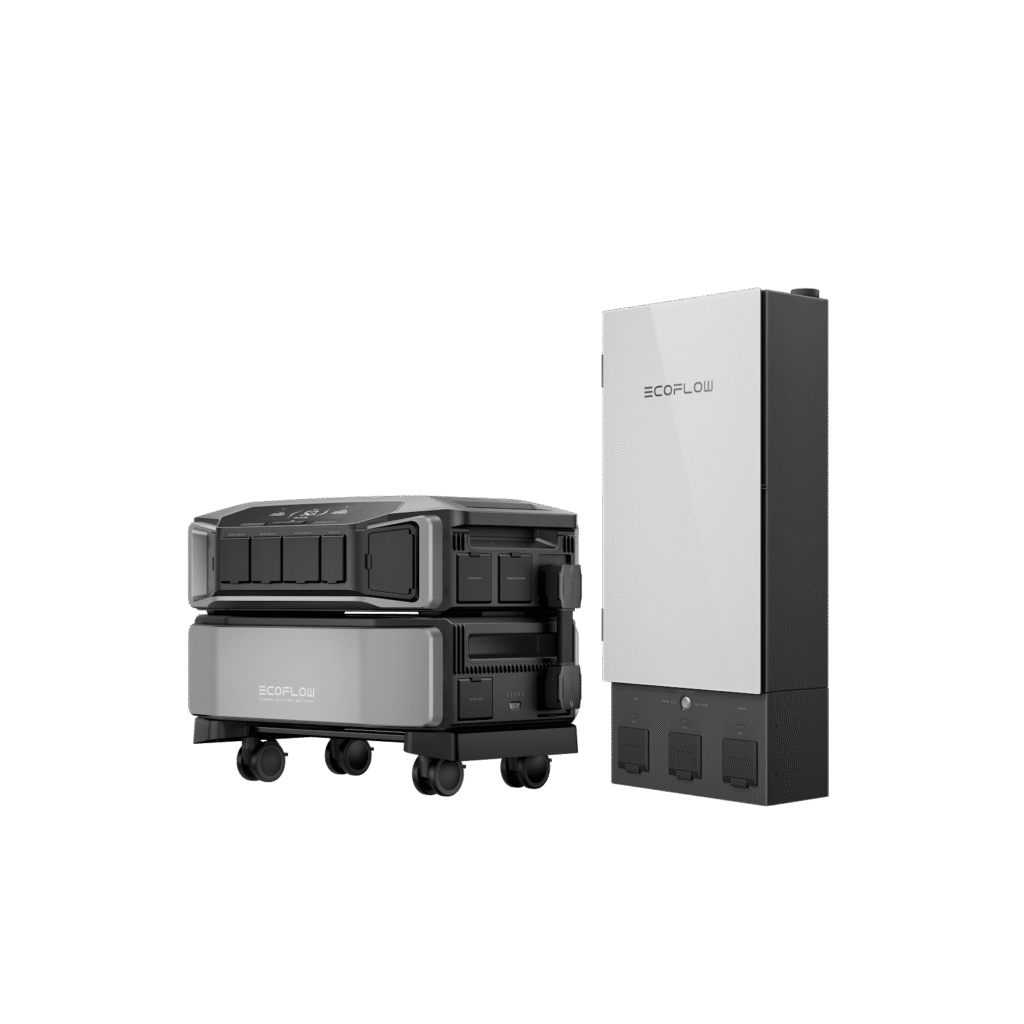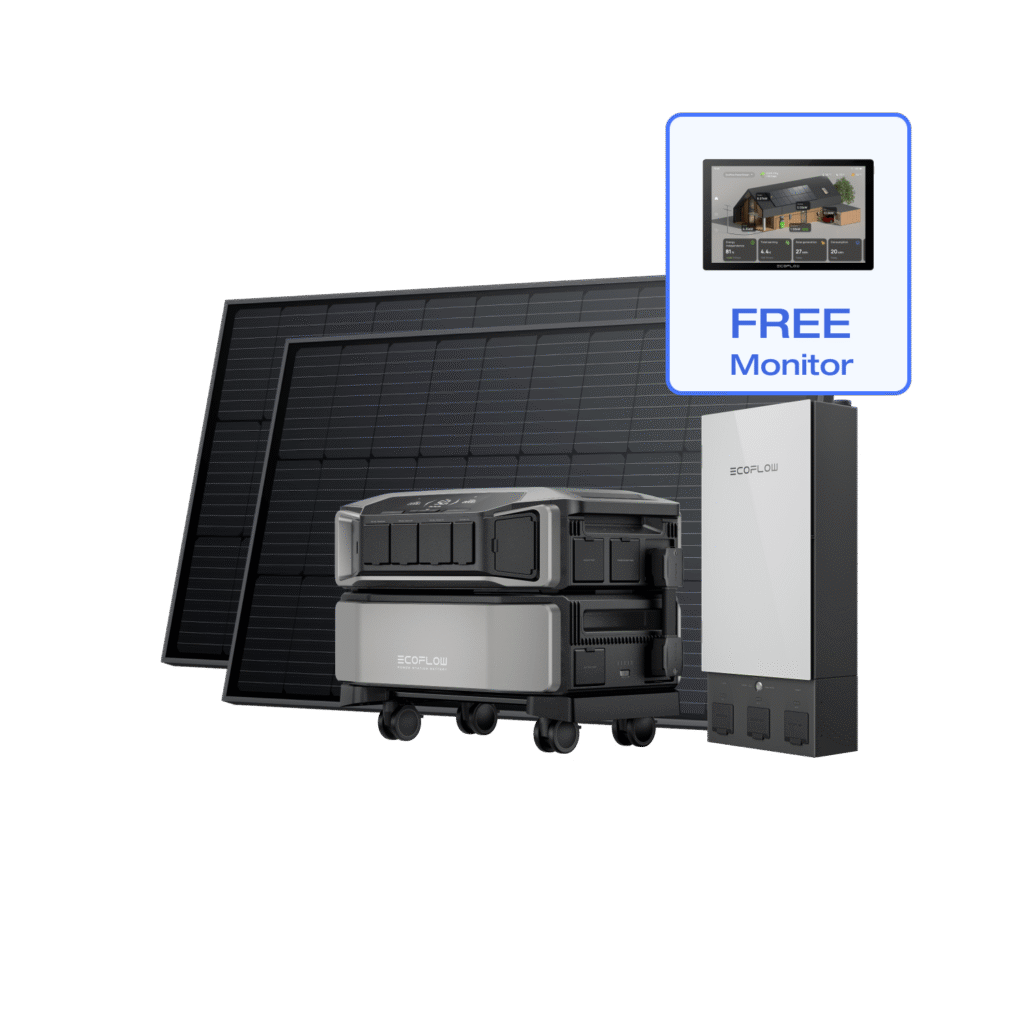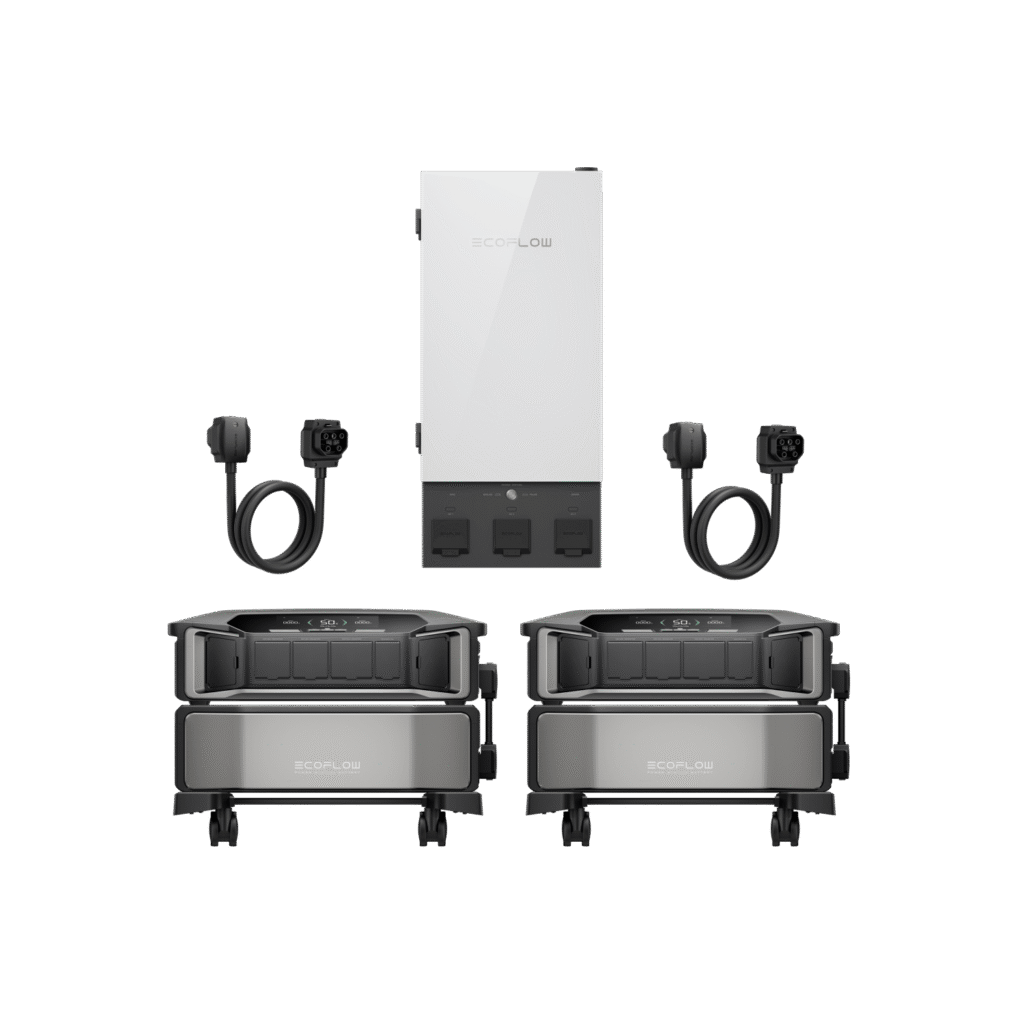Whole Home Generator vs. Traditional Power: Future Upgrade
Recent data shows that power outages affect over 36 million Americans annually, with increasing frequency due to aging infrastructure and extreme weather events. While traditional backup power solutions have served as stopgap measures, today’s connected homes demand more sophisticated energy resilience strategies. The contrast between conventional generators and modern whole home generator systems represents a crucial decision point for homeowners navigating the evolving energy landscape. As smart home adoption accelerates, tech-savvy residents face a critical question: How can they ensure reliable power backup while maintaining their automated lifestyle and preparing for future energy innovations? The answer lies in understanding the transformation of residential power management from simple mechanical solutions to intelligent, integrated systems that anticipate and adapt to changing energy needs. This evolution promises not just emergency power, but a comprehensive approach to home energy resilience.
Traditional Power Solutions: Limitations in Modern Homes
Traditional backup generators, while historically reliable, present significant challenges for today’s connected households. These systems typically rely on fossil fuels like gasoline or propane, requiring constant fuel monitoring and storage. Runtime limitations mean homeowners must carefully ration power during extended outages, often choosing between essential appliances and smart home functionality. The maintenance demands are particularly burdensome, with regular oil changes, filter replacements, and mechanical inspections necessary to ensure reliability when needed most.

Environmental concerns further compound these limitations, as conventional generators produce significant emissions and contribute to noise pollution, often exceeding 70 decibels during operation. This noise level disrupts both indoor comfort and neighborhood tranquility. Installation restrictions also pose challenges, with local codes requiring specific clearances and ventilation that may conflict with optimal home layouts.
For tech-savvy users invested in home automation, traditional generators create particular frustration. These systems lack integration capabilities with smart home ecosystems, forcing manual intervention during power transitions. The inability to remotely monitor system status, automate load management, or optimize power distribution leaves modern homeowners without the control and efficiency they expect from their home systems. This disconnect between conventional backup power and smart home technology creates a significant gap in home energy management strategies.
Smart Whole Home Generators: Core Architecture
Modern whole home generators represent a quantum leap in backup power technology, fundamentally reimagining how homes maintain power continuity. At their core, these systems feature sophisticated automatic transfer switches that detect grid failures within milliseconds, initiating seamless power transitions that protect sensitive electronics. Unlike traditional generators that require manual startup, these systems activate autonomously, eliminating the need for human intervention during critical moments.

The integration of smart home panels serves as the command center, enabling comprehensive coverage across all circuits rather than limiting backup to essential loads. This whole-home approach maintains not just basic functions but preserves the full functionality of automated systems, security equipment, and smart appliances. The advanced engineering delivers whisper-quiet operation, typically below 60 decibels, through sound-dampening enclosures and intelligent speed modulation.
The stark contrast with traditional manual setups becomes apparent in the system’s ability to perform self-diagnostic tests, predict maintenance needs, and adjust performance based on real-time demand. This intelligence extends to power quality management, ensuring stable voltage and frequency that protect sophisticated home electronics. The architecture’s modular design allows for future expansions and upgrades, making it a foundational component of evolving smart home ecosystems rather than just an emergency backup solution.
Energy Management System Intelligence
The system’s AI-driven intelligence revolutionizes power management during outages through sophisticated load prioritization algorithms. These algorithms continuously analyze power consumption patterns, automatically adjusting the distribution of available energy to maintain optimal home function. Leading solutions like EcoFlow’s smart home systems provide unprecedented visibility into real-time energy usage through intuitive mobile applications, delivering predictive alerts and optimization recommendations. The system’s smart cycling capability automatically rotates heavy-load appliances to prevent overload while maintaining comfort, seamlessly integrating with solar panels and other renewable sources to maximize energy efficiency and extend backup duration during extended outages.
Future-Proofing Through Modular Design
Modern whole home generators embrace modular architecture that fundamentally transforms how homeowners approach energy capacity planning. The system’s expandable battery framework allows for seamless power scaling as household demands evolve, starting with essential coverage and growing alongside technological adoption. This adaptability stands in stark contrast to traditional generators, which lock homeowners into fixed capacities that often become inadequate as energy needs increase.

Multi-Path Charging Flexibility
The integration of multiple charging pathways revolutionizes backup power reliability. The system intelligently coordinates between solar arrays, utility grid power, and generator charging based on real-time conditions and user preferences. Advanced charging algorithms optimize power flow, automatically selecting the most efficient and cost-effective source while maintaining battery health. Users can establish customized charging profiles for different scenarios – from storm preparation to peak rate avoidance – ensuring optimal energy management across all conditions. This versatility eliminates the single-point vulnerability of traditional generators that rely solely on fossil fuel availability, creating a robust energy ecosystem that adapts to both emergency needs and daily optimization opportunities. The smart charging system also enables predictive energy storage, automatically increasing reserves when weather forecasts indicate potential grid disruptions, while maintaining optimal charge levels to maximize battery lifespan and performance.
Implementation Roadmap for Tech-Savvy Homeowners
Implementing a whole home generator system begins with a comprehensive energy audit to establish baseline power requirements. This audit should catalog all connected devices, peak usage patterns, and critical circuits while identifying potential efficiency improvements. Smart homeowners should document their existing automation systems, including security cameras, thermostats, and lighting controls, ensuring compatibility with modern generator management interfaces.

Capacity planning requires careful consideration of future expansion needs. Calculate current peak loads plus a 20% buffer for immediate requirements, then factor in anticipated additions like electric vehicle charging or home office upgrades. This forward-thinking approach enables selecting appropriately sized systems with modular expansion capabilities.
Professional installation demands strategic placement considerations beyond basic code compliance. Optimal positioning should account for future solar panel integration, minimize WiFi interference with smart home hubs, and ensure adequate clearance for maintenance access. The installation team must properly configure the smart transfer switch to maintain uninterrupted power to sensitive electronics and automation systems.
The final phase focuses on automation routine setup through the smart home panel. Configure power transition scenarios that maintain priority systems during outages, establish monitoring alerts for maintenance intervals, and create custom schedules for system testing. Integration with home automation platforms enables coordinated responses, such as automatically adjusting thermostats during generator operation to optimize fuel efficiency while maintaining comfort.
Smart Home Power Evolution: The Path Forward
The evolution from traditional generators to smart whole-home power systems represents more than a simple upgrade—it’s a fundamental shift in residential energy resilience. While conventional generators offer basic backup power, their limitations in fuel dependency, manual operation, and fixed capacity increasingly conflict with modern smart home requirements. In contrast, intelligent whole-home systems deliver comprehensive energy management through AI-driven load balancing, seamless automation integration, and expandable architecture that grows with household needs. The multi-path charging capabilities and modular design ensure sustainable operation while protecting sensitive electronics and maintaining smart home functionality. For tech-savvy homeowners, the choice between these systems extends beyond emergency backup—it’s an investment in future-ready infrastructure that enables energy independence and optimal resource utilization. As power grid challenges persist and home technology advances, the time is right to assess your current backup power strategy and consider upgrading to a solution that aligns with both present needs and future innovations.







